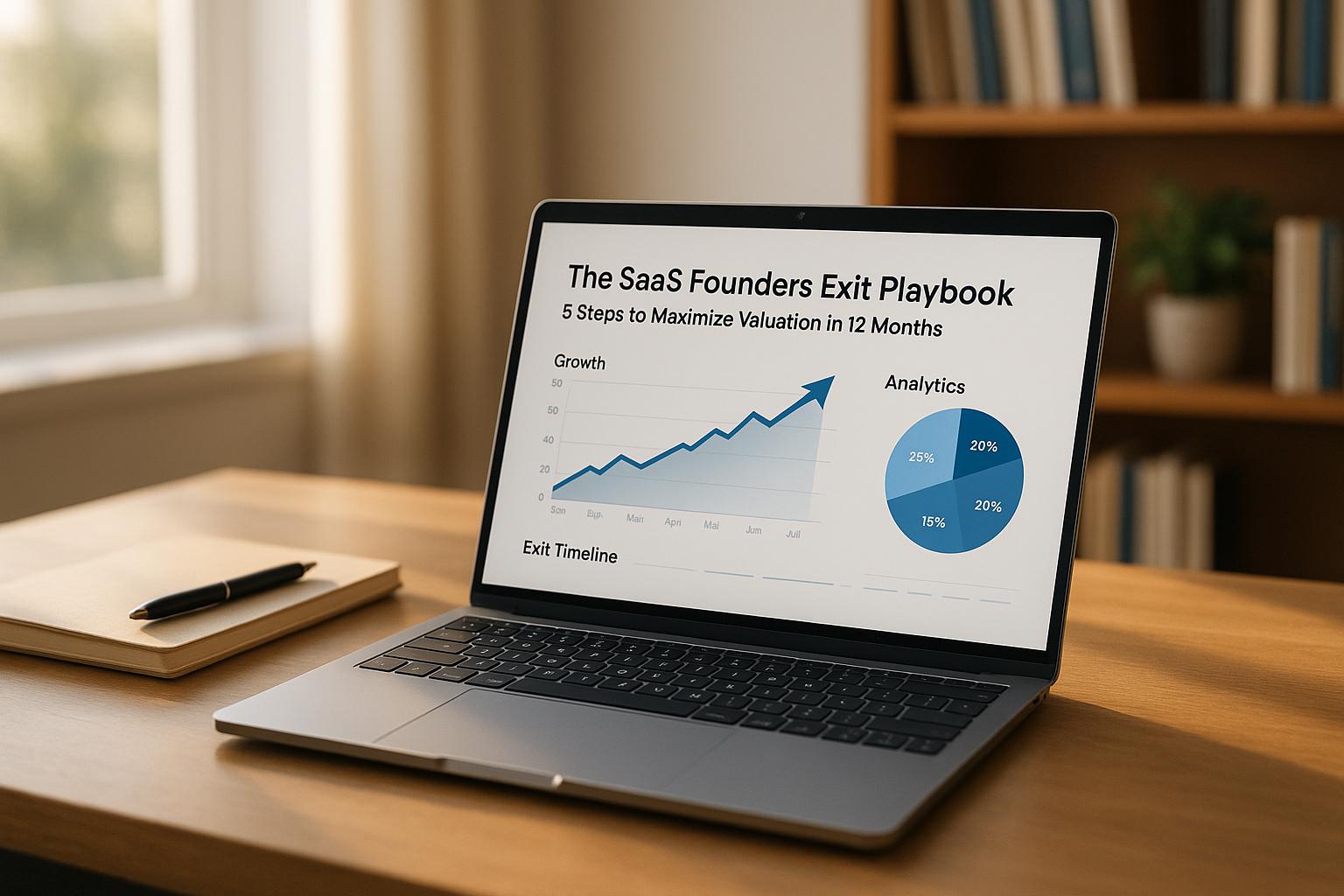SaaS partner programs are essential for growth. They expand reach, improve offerings, and boost revenue. Companies like HubSpot, Salesforce, and Slack have used tailored partner strategies to succeed. Here's what you need to know:
- Core Elements: Revenue-sharing, partnership tiers, APIs, training, and partner portals.
- Types: Affiliate (simple referrals) to advanced (integrated solutions, tech, and channel partnerships).
- Key Metrics: Track partner revenue, activation rates, satisfaction, and engagement.
- Tools & AI: Use deal registration, analytics dashboards, and AI for efficiency.
- Case Studies:
- HubSpot: Tiered rewards for growth.
- Salesforce: AppExchange marketplace for partner visibility.
- Slack: App Directory with strong developer support.
Takeaway: Effective partner programs rely on clear goals, strong resources, and ongoing improvements. Use AI and data-driven tools to refine strategies and support partners.
How did Monday.com build a $30M partner channel in 3 years?
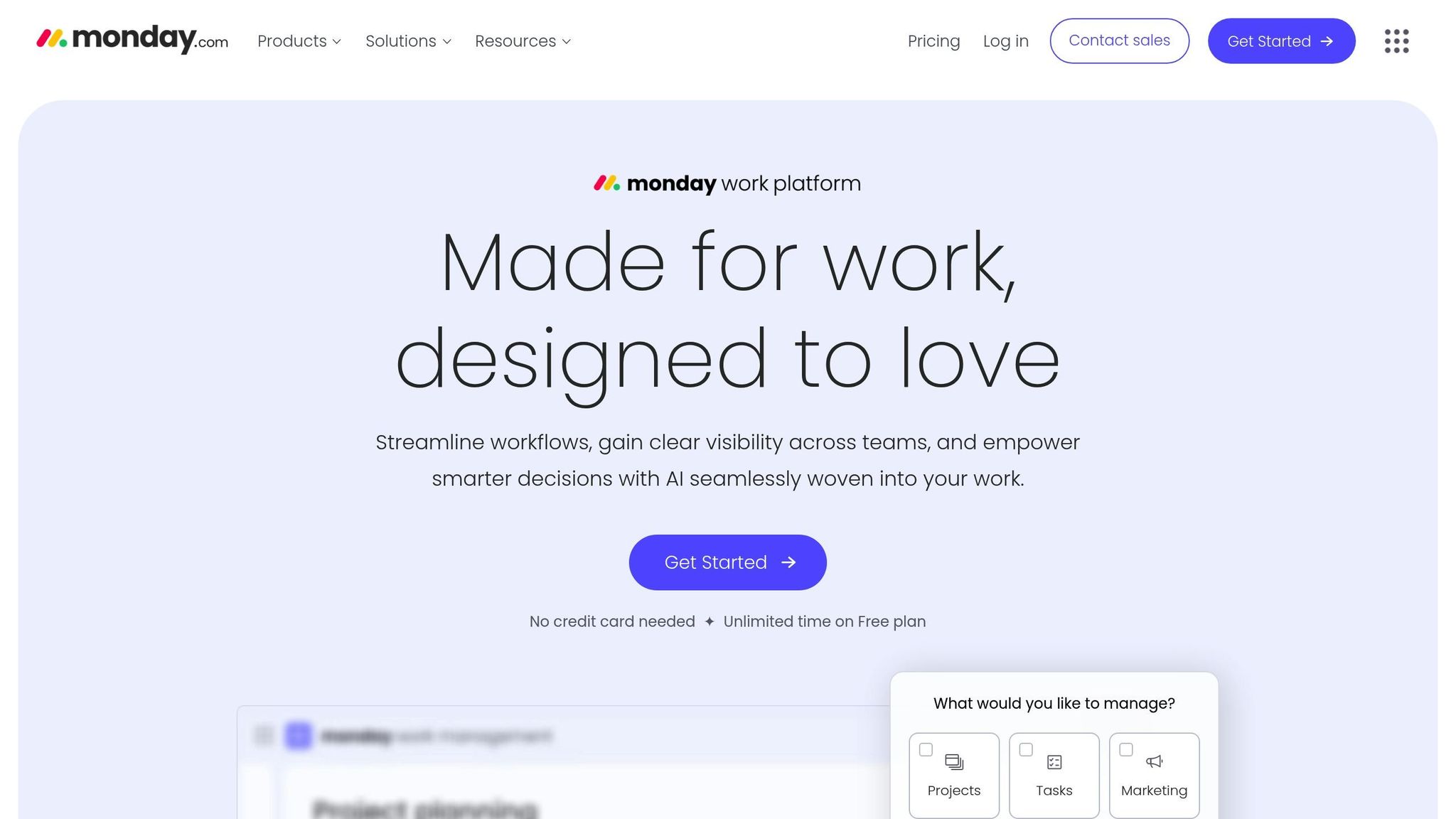
Partner Program Models
SaaS partner programs come in various forms, each designed to meet specific business goals and market demands. These models help businesses align their strategies with targeted objectives, turning foundational ideas into practical approaches.
Affiliate Programs
Affiliate programs provide an easy way to enter the SaaS market through performance-based marketing. Partners earn commissions for successful referrals, making it a straightforward option.
Key elements include:
- Commission structures tied to recurring revenue
- Tracking systems to monitor partner-driven conversions
- Marketing resources like pre-made promotional materials
- Performance dashboards for real-time reporting on referrals and earnings
Though simple, affiliate programs are just the start. More integrated partnerships require deeper collaboration.
Advanced Partnership Types
Advanced partnerships involve closer collaboration and integration. These partnerships are divided into several types, each with unique features and partner requirements:
| Partnership Type | Key Features | Partner Requirements |
|---|---|---|
| Solution Partners | Custom implementation services | Technical certification |
| Technology Partners | Product integrations | API compatibility |
| Channel Partners | Full resale rights | Sales expertise |
| Strategic Partners | Joint market development | Executive alignment |
These partnerships require significant mutual investment but can yield strong results. Take technology partnerships, for example:
- Detailed API guides and integration tutorials ensure smooth collaboration
- Co-marketing initiatives promote shared growth
- Certification programs confirm partner expertise
- Revenue-sharing models provide equitable compensation
Success in these partnerships depends on clear governance, a shared commitment to growth, and support like training programs, technical assistance, and dedicated partner managers.
Success Stories in Partner Programs
Case studies show how structured partner programs can reshape SaaS ecosystems. Each example highlights different approaches that help partners thrive.
HubSpot's Tier-Based Approach
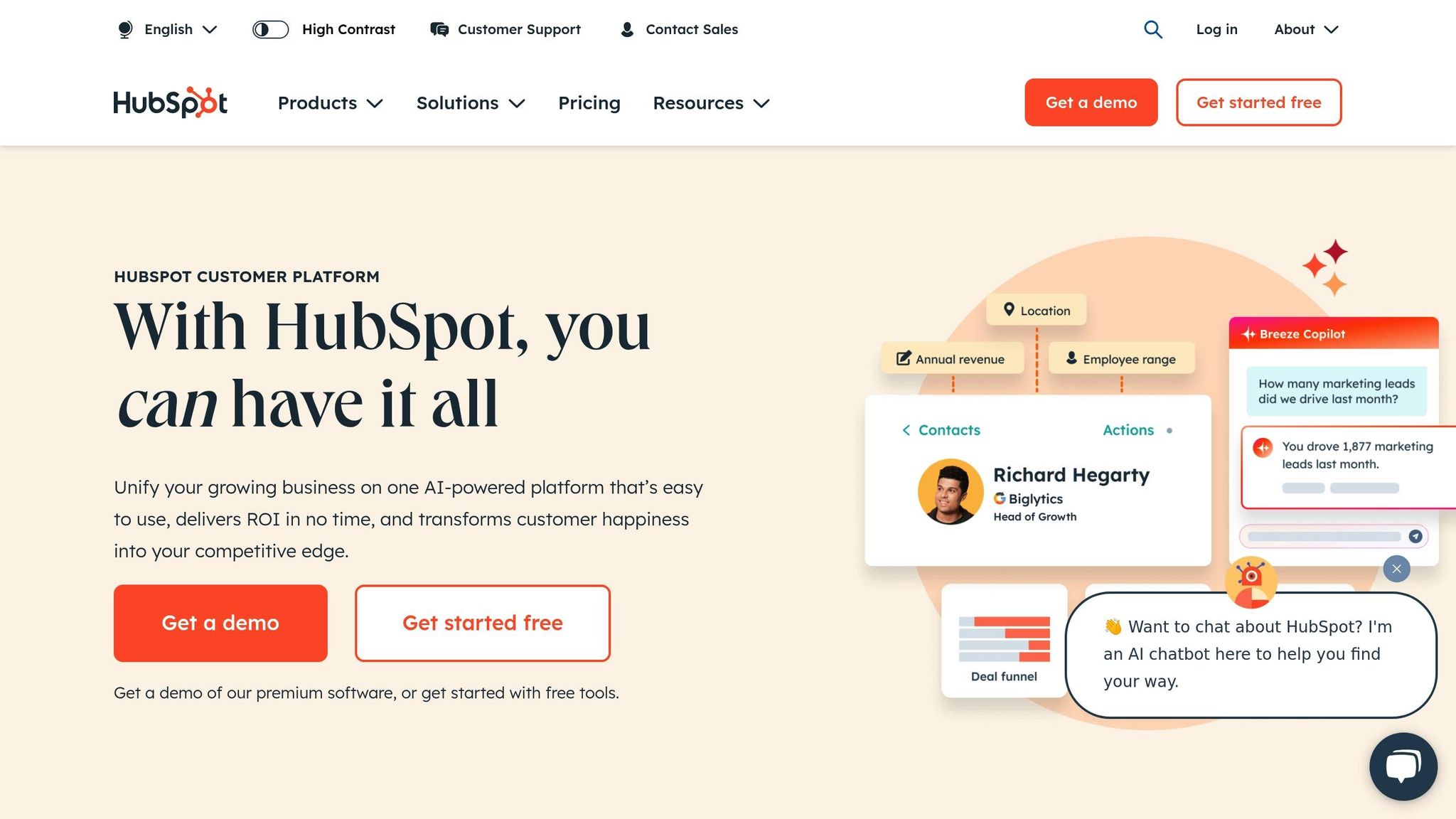
HubSpot uses a tiered system that rewards partners as they grow. Benefits include advanced training, marketing resources, and co-selling opportunities. As partners move up the tiers, they unlock more perks, aligning rewards with their growth and commitment.
While HubSpot focuses on a tiered rewards system, Salesforce takes a marketplace-driven approach.
Salesforce's AppExchange Model
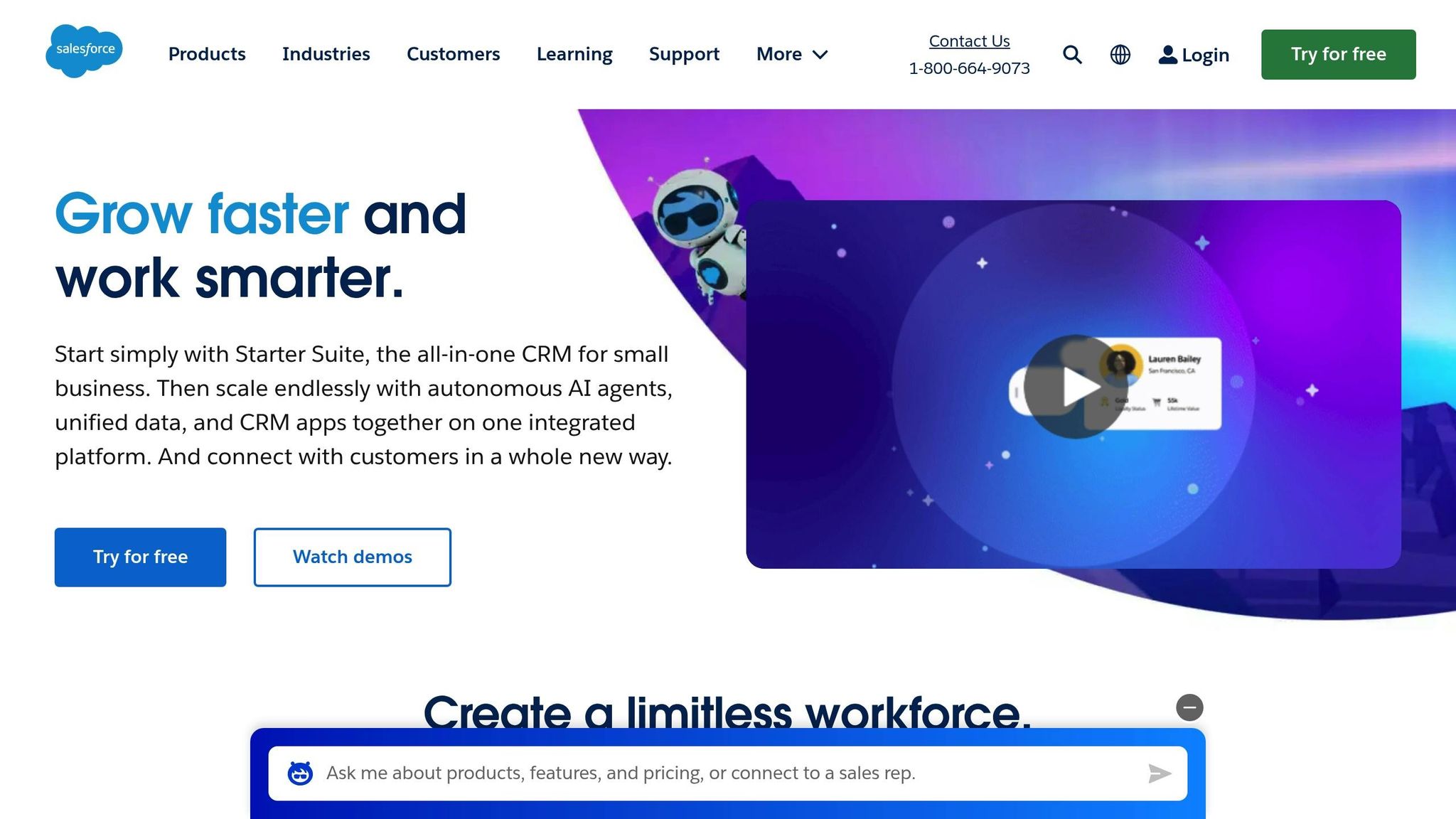
Salesforce has transformed B2B software distribution with its AppExchange marketplace. This secure and scalable platform supports a wide range of partners, including independent software vendors, consulting firms, and tech companies. Partners benefit from technical resources, access to the marketplace, and thorough security reviews.
Slack's App Directory Approach
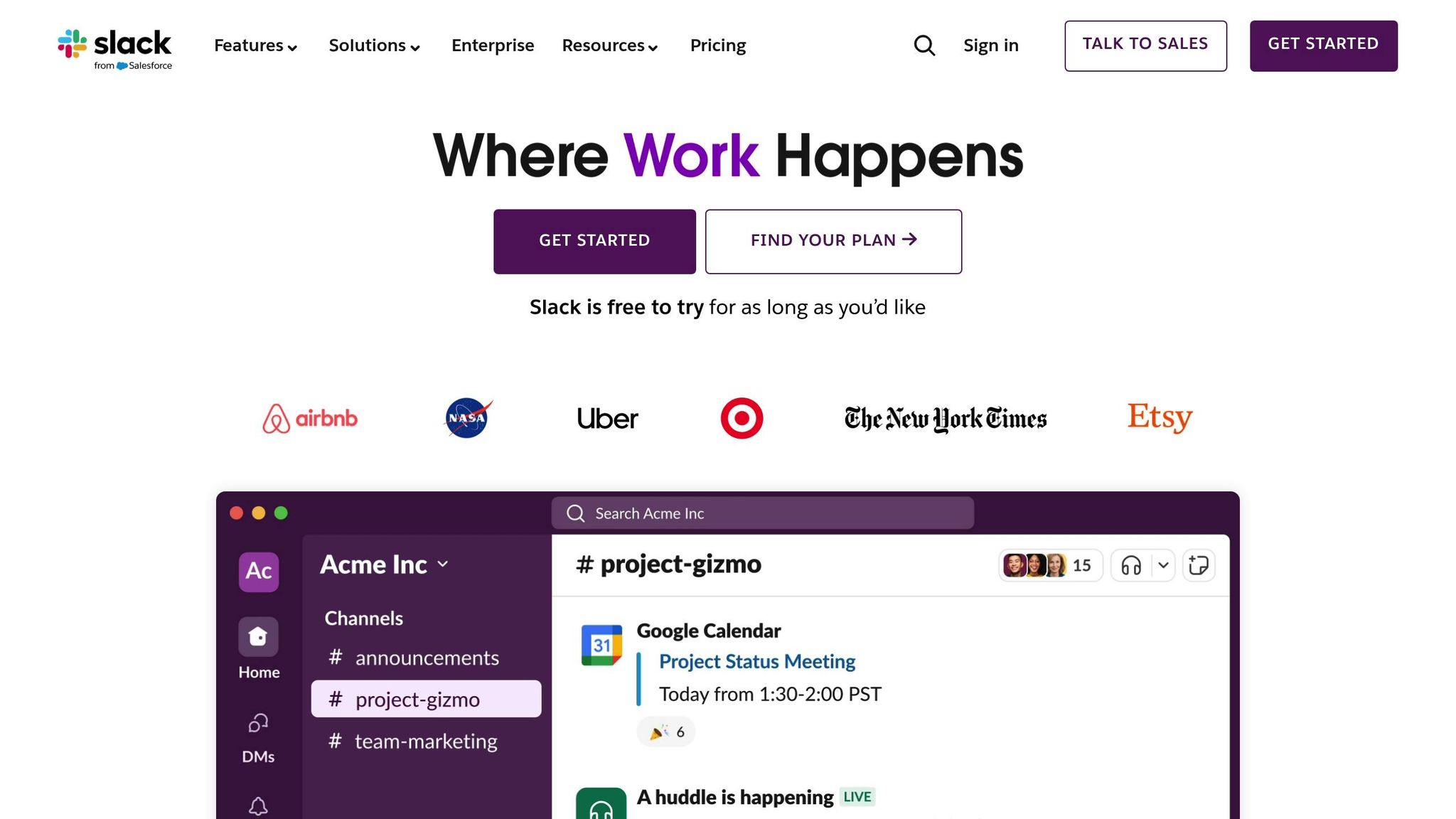
Slack's strategy focuses on three key areas:
- Developer Support: Offers detailed API documentation, reliable tools, and dedicated success managers to simplify app integration.
- Marketplace Visibility: High-performing apps gain prominent placement in the App Directory, boosting their exposure.
- Revenue Sharing: A clear revenue-sharing model encourages ecosystem expansion.
These examples highlight how tailored partner programs can fuel growth and success in the SaaS industry.
sbb-itb-9cd970b
Building Effective Partner Programs
Creating a successful partner program requires careful planning and a solid framework. Case studies highlight the essential elements that drive effective partnerships.
Program Metrics and Goals
To measure success, focus on these key metrics:
- Partner Revenue Growth: Monitor quarterly revenue increases from sales driven by partners.
- Partner Activation Rate: Track the percentage of new partners who become active within their first 90 days.
- Partner Satisfaction Score: Use regular surveys to gauge how satisfied your partners are.
- Deal Registration Volume: Keep an eye on the number and value of registered opportunities.
- Partner Portal Engagement: Assess how often partners use resources and interact with the platform.
These metrics provide valuable insights for refining training and allocating resources effectively.
Partner Training and Resources
Strong partner programs rely on comprehensive support systems. Key resources include:
- Onboarding Programs: Clear, structured training paths with defined milestones.
- Sales Enablement: Access to product documentation, pricing guides, and competitive analysis.
- Marketing Support: Co-branded materials, campaign templates, and market development funds.
- Technical Resources: API documentation, integration guides, and developer tools.
- Certification Programs: Opportunities for skills validation and professional growth.
Providing these tools ensures partners are well-prepared and capable of achieving success.
Program Management Tools
The right tools can streamline program operations and drive better outcomes. Key features to consider:
| Feature Category | Function | Business Impact |
|---|---|---|
| Deal Registration | Tracks opportunities and manages pipelines | Minimizes channel conflict |
| Partner Portal | Centralized access to resources and communication | Boosts partner efficiency |
| Analytics Dashboard | Provides performance tracking and reporting | Supports data-driven decision-making |
| Training Platform | Manages skills development and certifications | Speeds up partner readiness |
| Co-marketing Tools | Facilitates campaign management and asset sharing | Expands market reach |
Partner Program Issues and Changes
To keep partner programs effective, companies need to tackle emerging challenges and embrace new technologies.
Common Program Problems
Partner programs often run into issues like channel conflicts, gaps in partner training, and unclear revenue attribution. Addressing these requires clear engagement rules, better territory mapping, and stronger training initiatives for partners. Taking a clear, organized approach can help address these hurdles and make programs run more smoothly.
AI Tools in Partner Programs
AI is reshaping how partner programs are managed. Businesses are using AI to simplify partner matching, forecast performance trends, and allocate resources more effectively. These tools make onboarding easier, improve deal registration processes, and increase partner satisfaction, creating a more efficient and responsive partner network.
Conclusion
Case Study Results
Detailed case studies reveal how partner programs can drive growth for SaaS companies. These programs have been shown to increase revenue, boost partner earnings, and improve customer retention when designed effectively. Common features of successful programs include clear tier structures, revenue-sharing models, comprehensive support resources, efficient management systems, and the use of AI tools to enhance operations.
Partnership Success Factors
The success of SaaS partner programs depends on a few core elements that support long-term growth. Companies like HubSpot, Salesforce, and Slack demonstrate how applying these principles leads to strong, scalable programs. AI tools play a key role in simplifying onboarding and tracking performance.
Key factors for thriving partner programs include:
- Data-driven decisions: Using analytics to guide program improvements
- Automated workflows: Simplifying onboarding and partner management
- Flexible models: Tailoring program structures to fit partner needs
- Comprehensive support: Providing training and resources to ensure partner success
- Ongoing adjustments: Continuously refining strategies based on feedback
These components create a solid foundation for building scalable, tech-enabled partner ecosystems.

